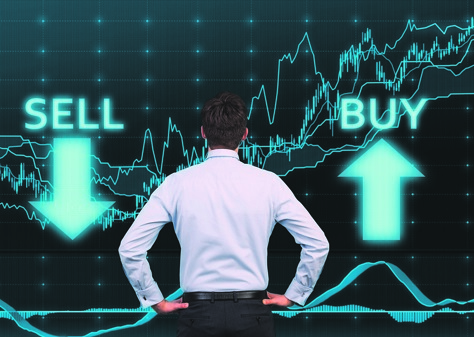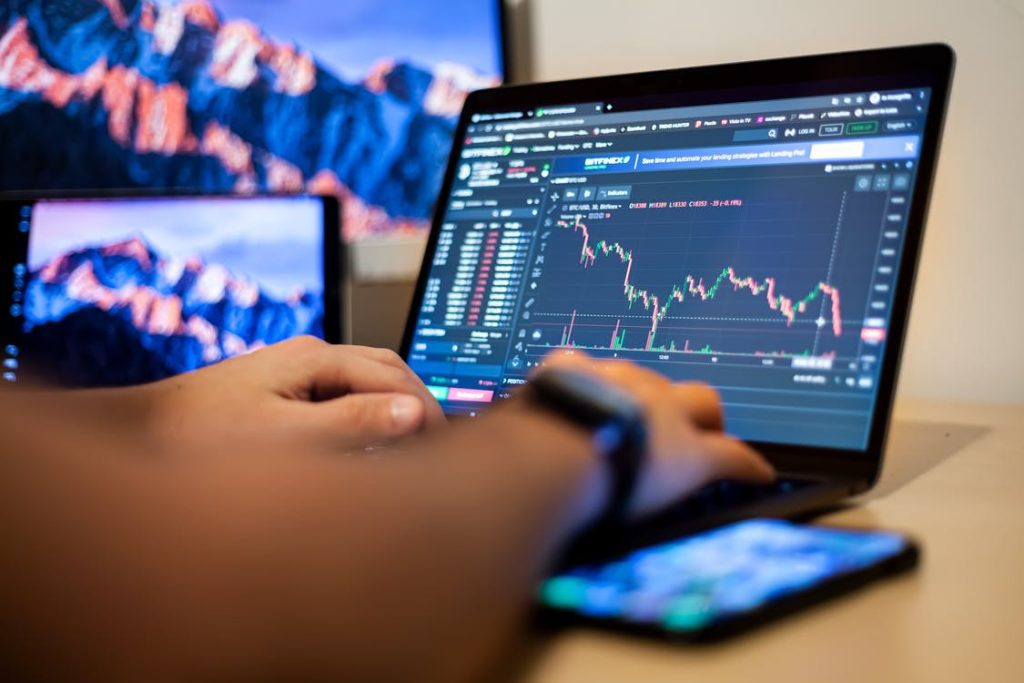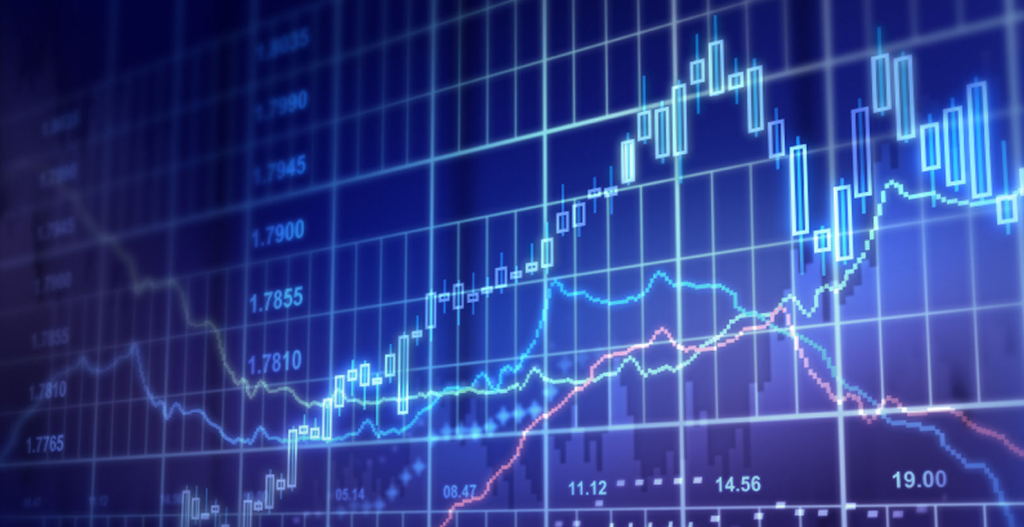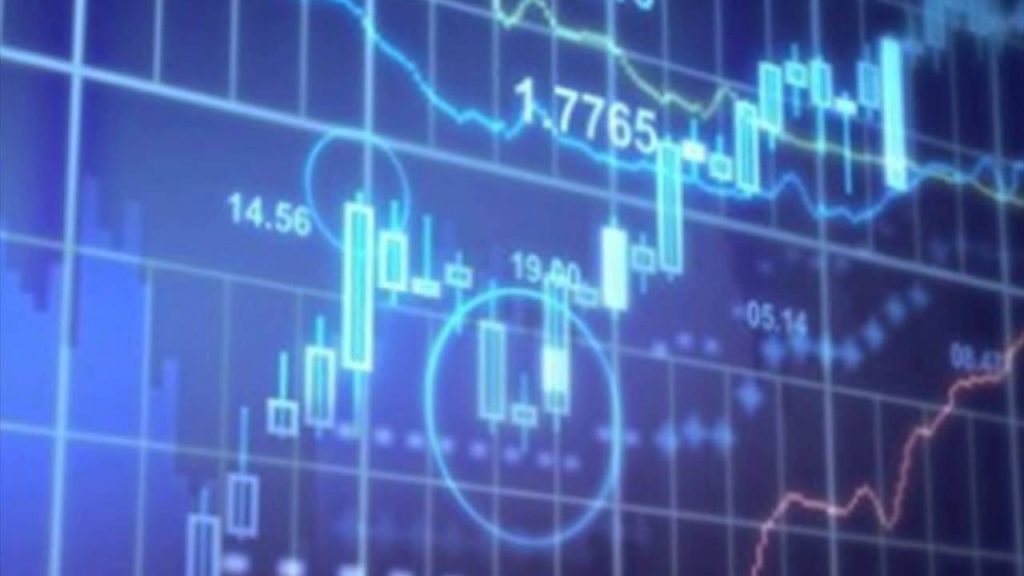Investing in today’s financial landscape can be complex, with a variety of options available to investors. However, navigating these investment avenues with the right guidance can significantly enhance one’s potential for growth. This is where financial brokerage companies come into play, serving as intermediaries that unlock new and lucrative opportunities for both seasoned investors and newcomers to the market. A financial brokerage company offers a range of services, including asset management, stock trading, and advisory services, which enable individuals and institutions to access financial markets. These firms act as a bridge between investors and various securities, such as stocks, bonds, mutual funds, and exchange-traded funds ETFs. They provide investors with the tools, resources, and market insights needed to make informed decisions in the fast-paced financial world. One of the primary advantages of working with a financial brokerage company is the access to a wide array of investment options. RoboForex can offer personalized solutions tailored to an individual’s or company’s financial goals, risk tolerance, and investment horizon.

Whether an investor is looking for long-term growth, short-term gains, or a balanced portfolio, brokers provide the expertise to navigate the vast sea of investment choices. For example, many brokerage firms now offer access to alternative investment opportunities that were once limited to institutional investors, such as private equity, real estate, and commodities. This opens up avenues for wealth creation that go beyond traditional stocks and bonds, offering potential for higher returns. Additionally, brokerage companies can help investors diversify their portfolios, spreading risk across different asset classes to minimize potential losses and enhance returns. With the right advice and strategy, this diversification can lead to greater financial stability and resilience against market volatility. Another key benefit of working with a financial brokerage company is the knowledge and expertise they bring to the table. Many investors, particularly those new to the financial markets, may not have the time or experience to analyze market trends, assess risk, or evaluate investment opportunities. A brokerage firm can provide research, data analytics, and expert advice that help investors make better decisions.
With access to real-time information, investors can respond to market changes quickly, ensuring they do not miss out on crucial opportunities. Moreover, technology has revolutionized the brokerage industry, allowing for online platforms that offer user-friendly interfaces, instant access to market data, and low-cost trading. This has democratized investing, enabling more people to engage with financial markets. Brokerage firms also offer automated investment options use algorithms to create and manage portfolios based on an investor’s preferences. These innovations make investing more accessible, efficient, and cost-effective. Financial brokerage companies play a vital role in unlocking new avenues of investment for a diverse range of investors. They provide access to an extensive range of financial instruments, expert guidance, and the tools needed to navigate the complexities of the financial markets. Whether you are looking to build wealth, preserve capital, or diversify your portfolio, partnering with a trusted brokerage company can help you achieve your financial goals and unlock opportunities that would otherwise remain out of reach.







